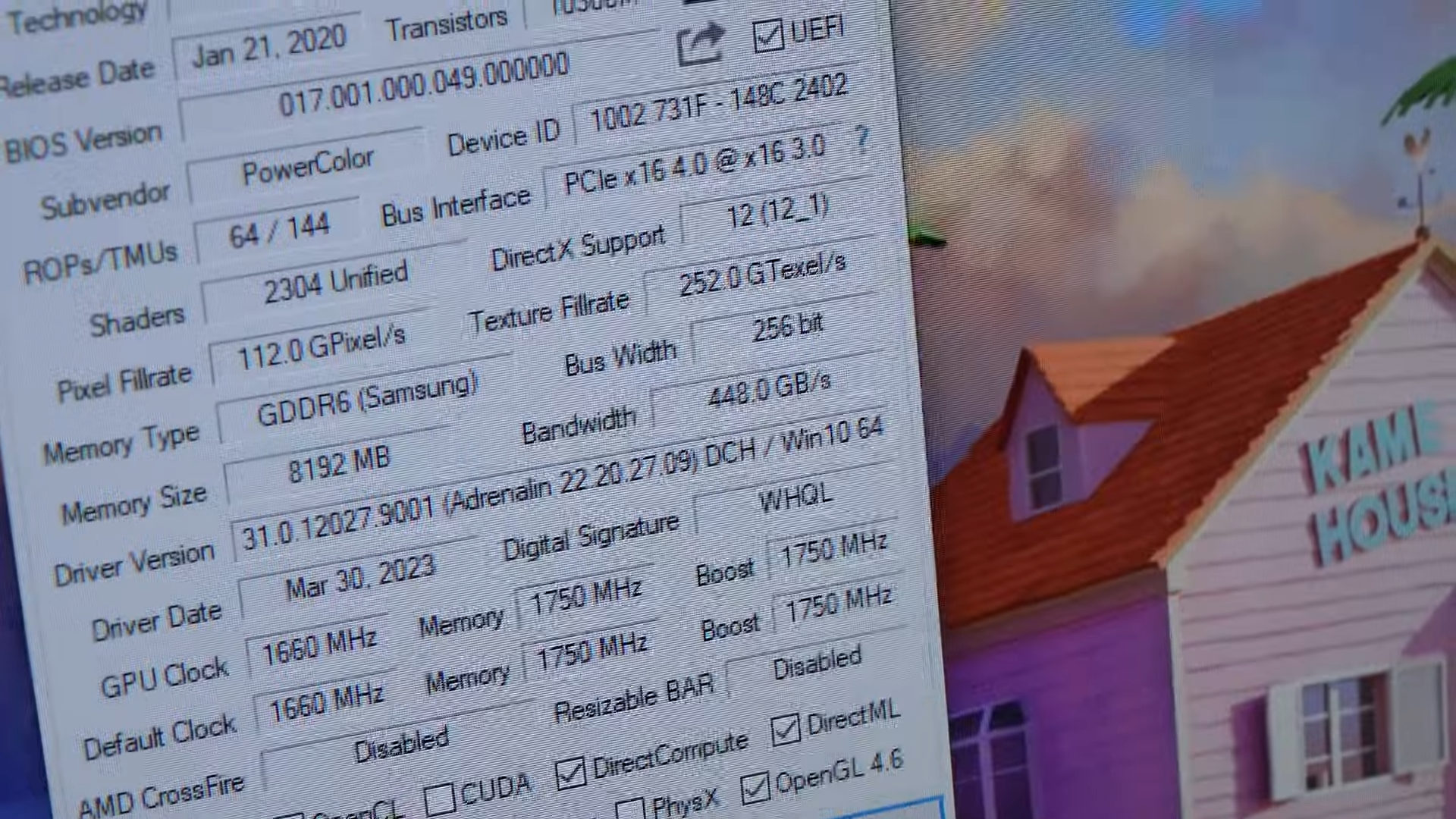Modder transforms AMD's RX 5600 XT by boosting its memory capacity to 16GB and widening its memory bus to 256-bits
This modded RX 5600 XT is practically a Pro 5700 XT, but with fewer shader cores.

YouTuber and modder Paulo Gnomes has accomplished one of the most extreme memory modifications we've seen, featuring an RX 5600 XT Red Devil. The modder was able to more than double the card's memory capacity, from 6GB to 16GB, as well as boost the card's memory bandwidth to 256-bits. That, combined with a manual overclock, enabled the RX 5600 XT Red Devil to run 29% faster compared to its stock 6GB 192-bit configuration.
We've reported on many of Paulo's mods in the past, but this is the first time we've seen him accomplish a memory bus mod in conjunction with memory capacity upgrades. According to the two videos he published on this mod, it was very difficult to get the bus width unlocked.
First, he had to make several attempts to modify the RX 5600XT's BIOS to tweak the right hexadecimal code to instruct the GPU to unlock the additional memory controllers found in its Navi 10 die. Once he found the right code, he then had to find a good BIOS from another Navi 10 GPU to swap onto the Red Devil. Apparently, the stock BIOS was yielding horrendous benchmarking results on Unigine Superposition. But in the end, he was able to find a BIOS that worked well and restored performance.
With the two mods applied, Paulo has effectively turned the RX 5600 XT's into a underpowered Radeon Pro RX 5700 XT. The Radeon Pro 5700 XT comes with the same Navi 10 die as the RX 5600 XT, but features a 256-bit wide bus and 16GB of memory out of the box. If Paulo could unlock shader cores, then he would be able to also boost the 5600 XT's core count from 2,304 to 2,560. But unfortunately nobody has figured out a way to do this on a modern GPU (yet).
Performance-wise, the RX 5600 XT produced 3,944 points in Unigine Superposition in its stock form. With the memory mods applied, the card's performance improved up 11% to 4,387 points. Finally, with an overclock the card hit 5,115 points representing an impressive increase from stock of nearly 30%. At least on this one test.
Sadly, Paulo did not test the card in any memory-intensive titles that utilize over 6GB of VRAM. Nonetheless, the Superposition benchmarks provided do show how important bus width can be by itself.
Doing a mod like this is very impractical, especially on a mid-range GPU from several years ago. But it is cool to see how far a GPU can be pushed with modifications.
Get Tom's Hardware's best news and in-depth reviews, straight to your inbox.

Aaron Klotz is a contributing writer for Tom’s Hardware, covering news related to computer hardware such as CPUs, and graphics cards.


